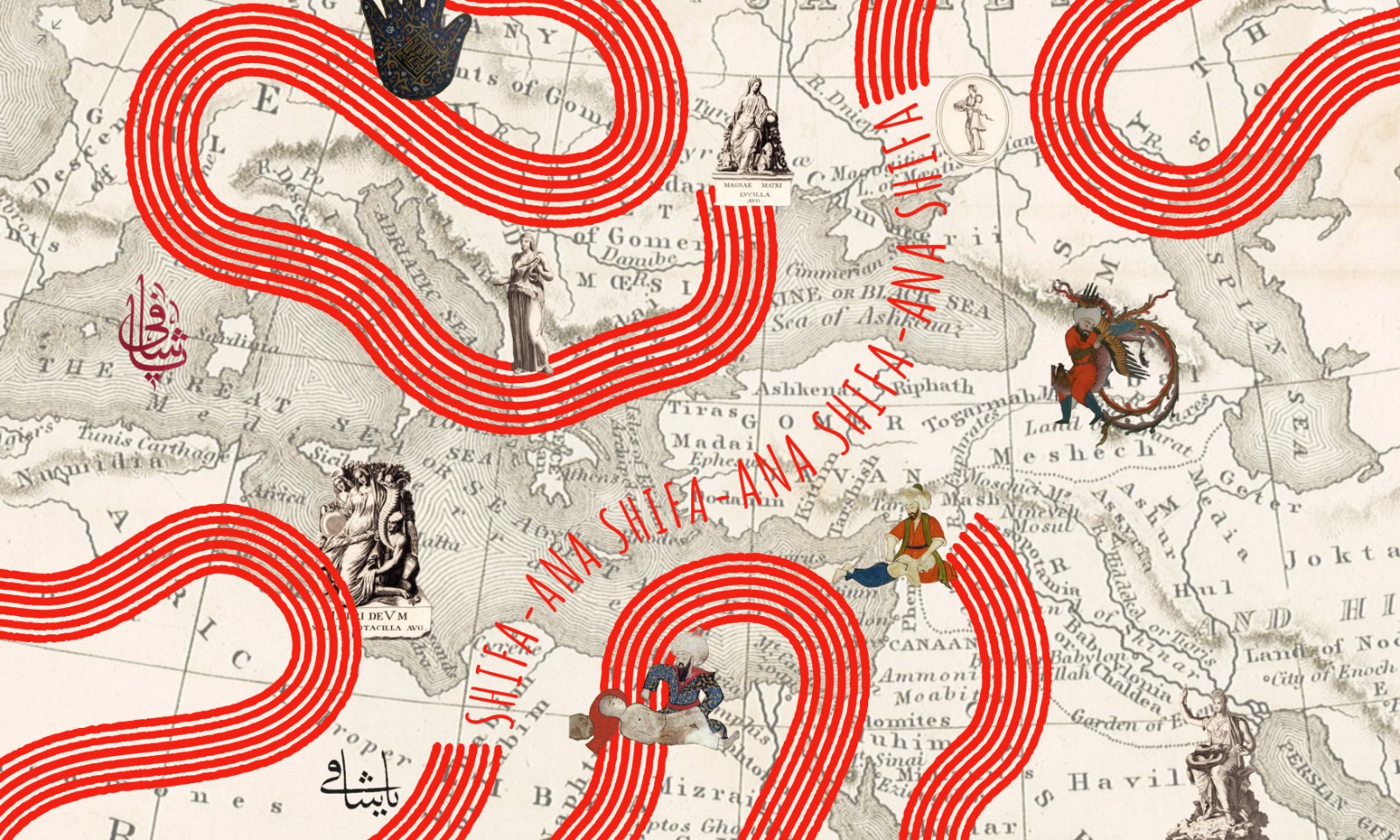SHIFA-ANA is an interdisciplinary research and public history initiative dedicated to the study of death, disease, and healing in Anatolia’s longue durée history. By using a unique methodology, we explore the intersecting histories of Anatolian lives in biological, environmental, and cultural context. The project will help flesh out forgotten stories of ordinary historical actors (human and nonhuman), how they endured death and disease, and pursued different modes of healing.
What We Do
Necrogeographies of Istanbul (NECRO-IST) aims to map out surviving and lost graveyards of Istanbul, identify the individuals buried therein, research their stories, and generate publicly accessible information about them.
Black Death Digital Archive (BDDA) is a collection of Ottoman archival records on plague and other epidemic diseases, offering a body of knowledge to learn more about disease experiences in Anatolia from the sixteenth century to the twentieth.
Archeohistory of Disease helps to identify traces of diseases detected in the skeletal remains, or consider possibilities for facial reconstruction of skeletons through our ongoing collaboration with the İZNİK Roman Theater Excavation and Restoration Team archeologists, Vedat Onar’s Osteology Lab, and McMaster Ancient DNA Centre.
History of Infectious Disease in the Islamicate World Working Group (HIDIW) convenes under the sponsorship of Consortium for History of Science, Technology and Medicine (CHSTM). It was initiated in the early 2021 with an overarching goal of contributing to a newly emerging configuration in the field of infectious disease history with a special interest in challenging prevailing Eurocentric narratives, with presenters from among a diverse group of speakers including both junior researchers and established scholars from North America, Europe, and the Middle East.
Mission & Vision
Our Mission
We are driven by a commitment to honor forgotten/erased Anatolian lives (human and nonhuman), and bring to light their stories, experiences, and their journey into life and death. Our goal is to “heal” wounded histories by making our hitherto invisible historical actors visible on the historical record and by restoring the epistemic injustice inflicted upon their legacy. To that end, we have a three-fold mission: (1) Produce new research about Anatolian lives. (2) Generate publicly accessible information from our research findings and use various tools and media to disseminate them. (3) Develop a novel methodology that will be applicable well beyond our project, and thus offer a holistic model to push the discipline of history forward.
Our Vision
We are a group of historians working on various aspects of death, disease, and healing in Anatolia, who are dissatisfied with certain limiting conventions of our discipline. Inspired by groundbreaking new directions in various subfields of history, we contend to expand our historical sensibilities (e.g., in addressing questions of agency, visibility, and scale). To that end, we propose a brand-new methodological approach: healing history. This strategy centers on addressing past traumas and fostering empathy toward the stories and experiences of our historical actors, especially those affected by historical injustices, in a manner that seeks to heal past wounds retroactively: we believe in the therapeutic role of history in promoting social healing and justice in our present world. We likewise believe that this intervention promises to heal the ways of conventional academic history by fostering more inclusivity and adherence to ethical principles.
This new methodology primarily involves diversifying historical voices, actors, perspectives, and themes, as well as geographies and chronologies, by challenging an exclusive reliance on (or fetishizing) texts. It seeks to incorporate a broader array of evidence, beyond merely texts, to understand the intersecting human and nonhuman lives. Essential to this endeavor is active and participative collaboration of historians with various sister disciplines in the humanities and social sciences, as well as with archaeological, ecological, and paleo- sciences. We also firmly believe that integrating a greater degree of historical imagination is key here. We embrace unconventional research and reenactment techniques, such as recovering and experimenting with older healing knowledge and practices, or visually/digitally reconstructing sites of death, disease, and healing. Such efforts can assist us in unearthing obscured or erased archives of human and nonhuman suffering and resilience. Altogether, these practices bless us with the freedom to produce meaningful new research that can be disseminated beyond the academy, while reinforcing our respectful bond to our past actors.
History
The SHIFA-ANA project was formed in April 2024 by team members who share similar scholarly sensibilities. We are looking forward to growing through existing and new collaborations.
